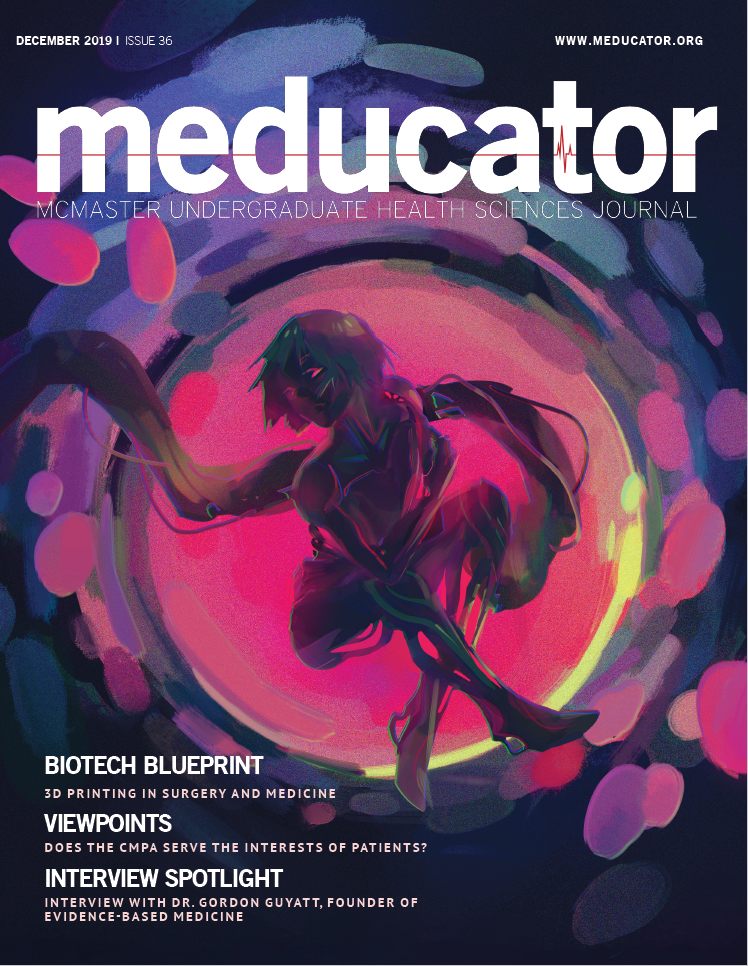Developing a qualitative chemotaxis-sensitive assay for bacteriophage-host interactions on E. coli BW2511
DOI:
https://doi.org/10.15173/m.v1i36.2335Abstract
To better understand the interactions between bacteriophages and host bacteria, one factor to observe is chemotaxis. Chemotaxis describes the biased directional movement of bacteria either towards or away from a substance. This phenomenon is created by the inhibition or potentiation of tumbling events, which randomize the direction of the host every few seconds. The presence of chemoattractants and chemorepellents can modify the number of tumbling events that occur. In order to elucidate the role of bacteriophages in bacterial chemotaxis, this project aimed to optimize an assay to qualitatively observe chemotaxis within E. coli BW2511 (WT) in comparison to a mutant strain with cheA deletion. Three main assay methods were tested: Tris HCl plate assays, Tris HCl microcapillary assays, and TTC Eppendorf assays. Of all the methods tested, only TTC Eppendorf assays with TTC indicator consistently showed chemotaxis. This study continued to use the Eppendorf assay and determined if various bacteriophages could attract E. coli BW2511 to chemotactically move up a layer of 0.4% PBS-based agar and against gravitational pull.


